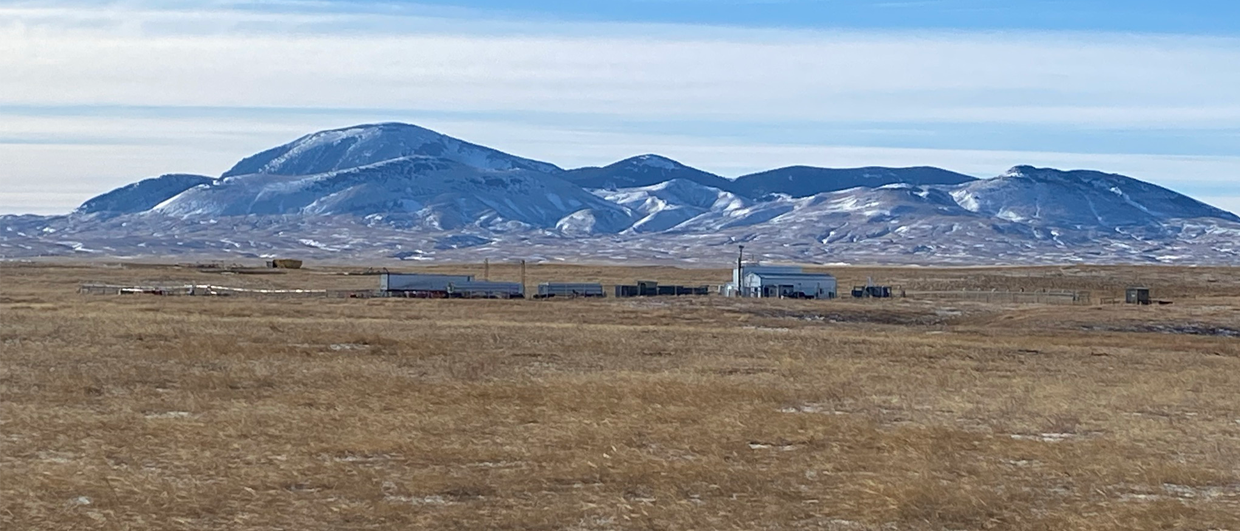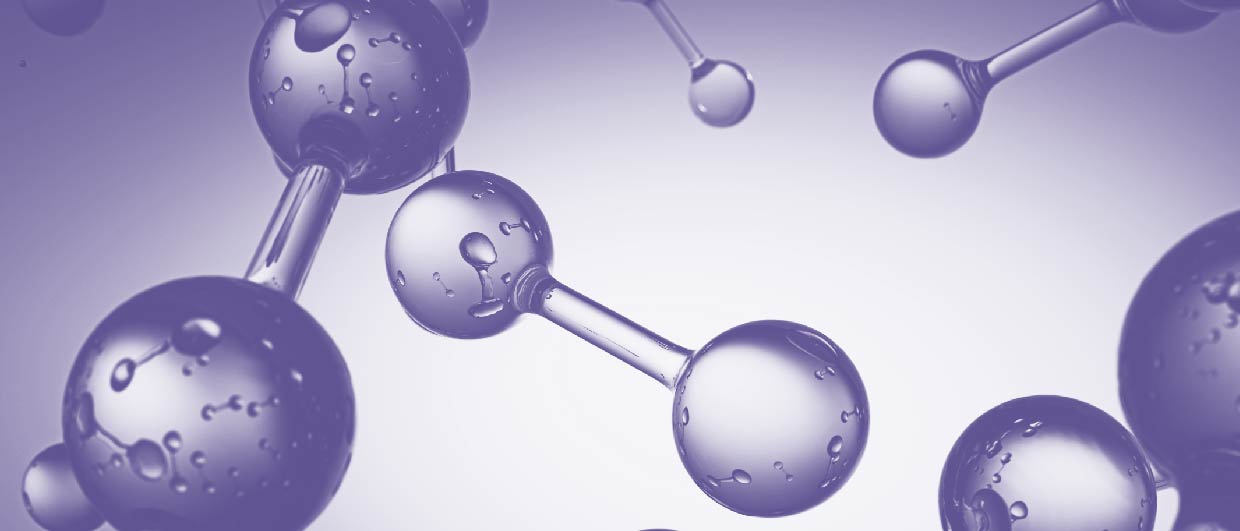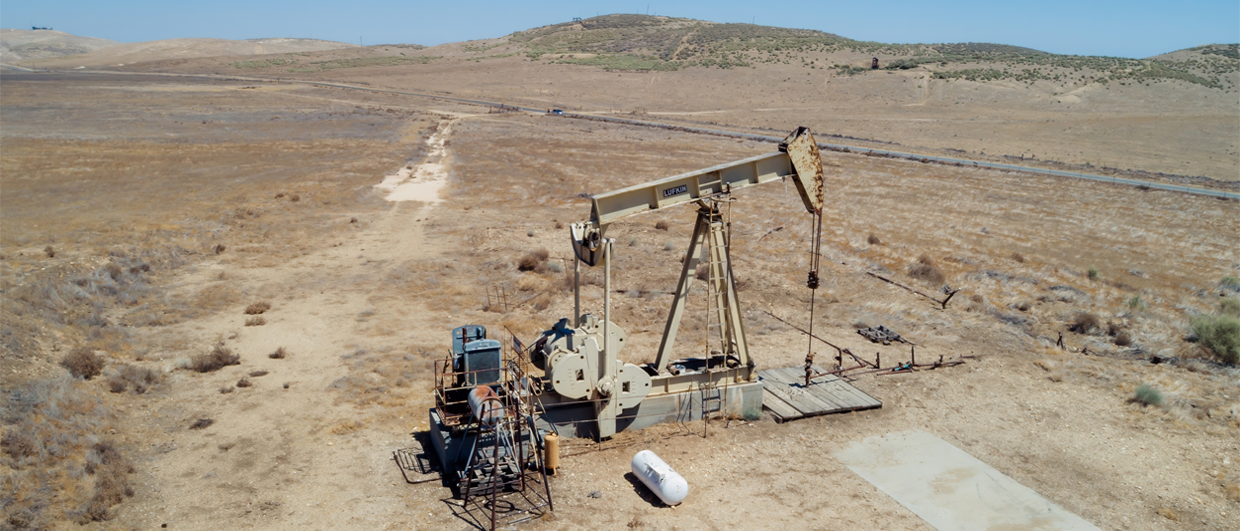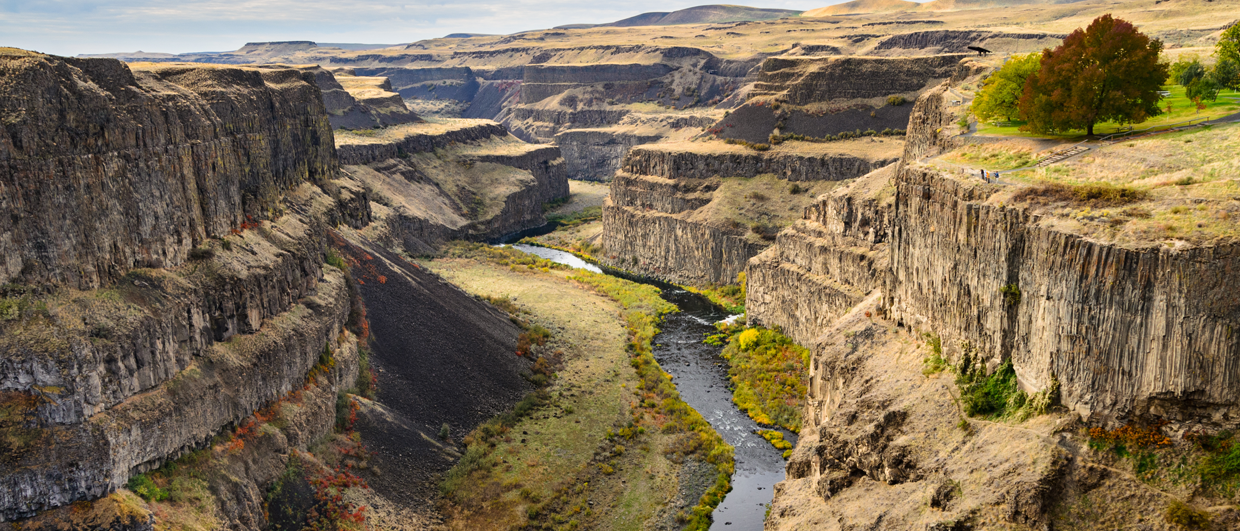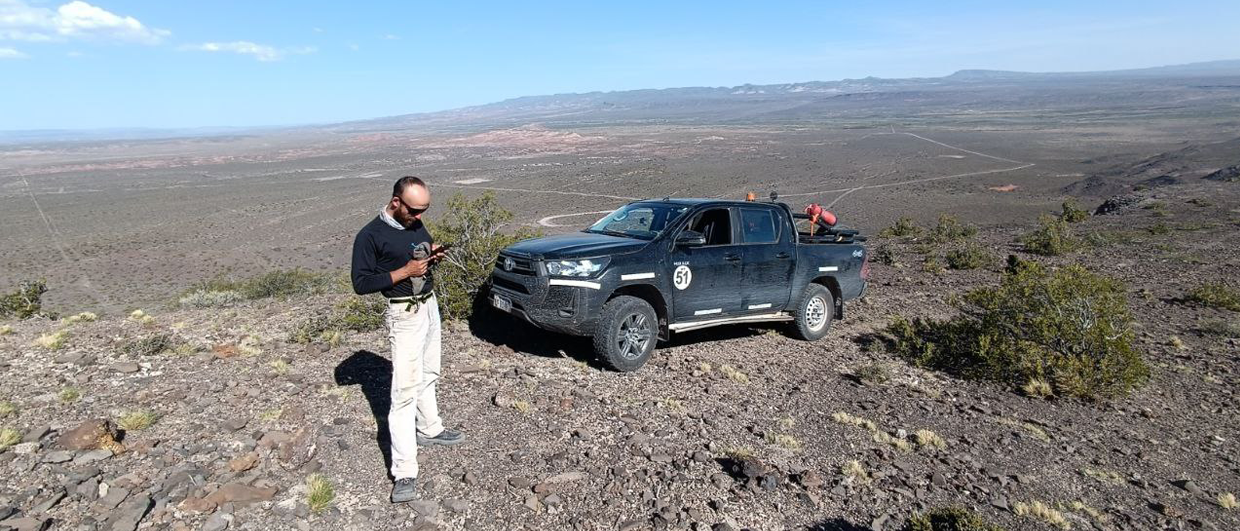While there is always press around helium discoveries, companies that are actually producing it often go unnoticed. That doesn’t mean they don’t have interesting stories to tell. Canadian-based Thor Helium, which has been steadily producing from the Knappen field in south-east Alberta since 2020, is an example.
In 2015, Thor and its partners acquired a 55-year-old well, which had previously produced methane from Carboniferous and Jurassic reservoirs. After the acquisition, the focus shifted to other reservoir zones that were previously recorded to flow non-flammable gas.
The team recompleted the Cambrian sandstone resting on basement, and dolomites belonging to the Devonian Beaverhill Lake Group. Henry Williams, VP Geosciences at Thor, says: “It’s crazy. If I had been in the company at the time the decision was made to recomplete the well, I’d have argued not to touch it. Especially a well that had so much work done to it.”
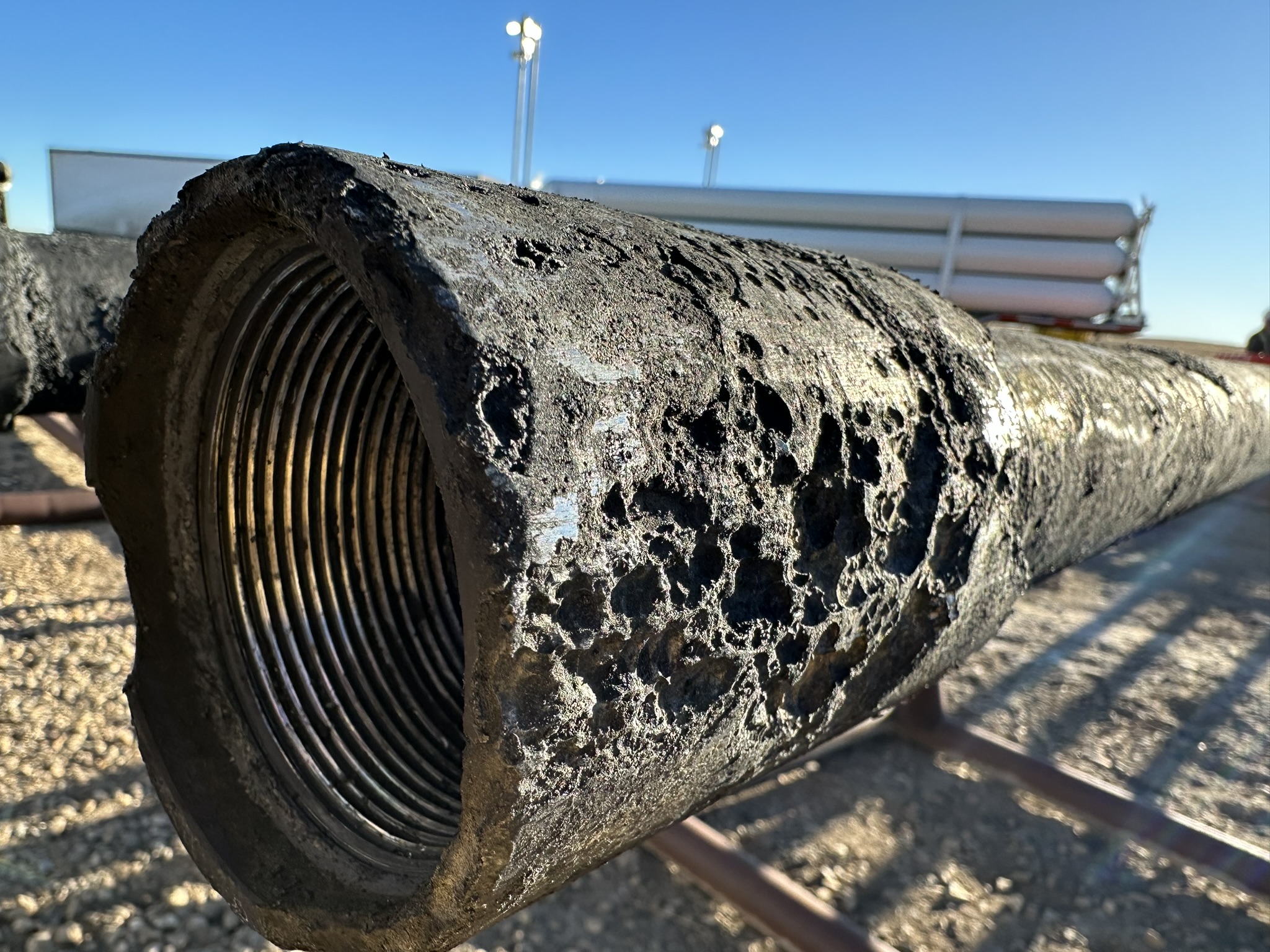
However, rather than the old well, a strongly deviated well drilled by Thor itself in 2019, near the edge of the Knappen Field, has caused the issues.
The Devonian reservoir in the Knappen Field consists of multiple dolomite-anhydrite cycles. This has created a compartmentalised reservoir where each dolomite interval contains gas with a unique signature. The deepest compartment contains 1.5 % helium, 89 % N2 and 5 % CO2, while the top compartment contains 0.3 – 0.8 % helium and up to 85 % CO2. Helium and nitrogen are likely basement-derived, while Henry believes that the CO2 is linked to local Eocene magmatism that has flushed the top reservoir compartment but left the other intervals relatively untouched.
Only the helium-rich intervals were produced. However, after several years, CO2 concentrations in the gas started creeping up. Following plant shutdowns, excess CO2 had to be briefly vented before helium production could resume. “The tighter CO2 zones are held back from flow during production, but as soon as you shut the well in, it appears to enter the producing reservoirs,” explains Henry.
Thor Helium was concerned that the whole field would get contaminated with CO2 and decided to cement squeeze all perforated intervals from the 2019 well to prevent cross flow. During the operation, they pulled the tubing and found that it was severely corroded. CO2 had come into contact with water and formed carbonic acid.
“I didn’t think carbonic acid was strong, but it is; it can eat through 3/8 inch steel tubing in three to four years,” says Henry. “Apart from corrosion, cross flow also took place behind the casing due to poor cement. The high angle of the well and poor cement bond allowed gas flow between the high CO2 intervals and the reservoir.”
Thor Helium has now abandoned their 2019 well and is considering a replacement, whilst the now 65-year-old original well continues to produce.

